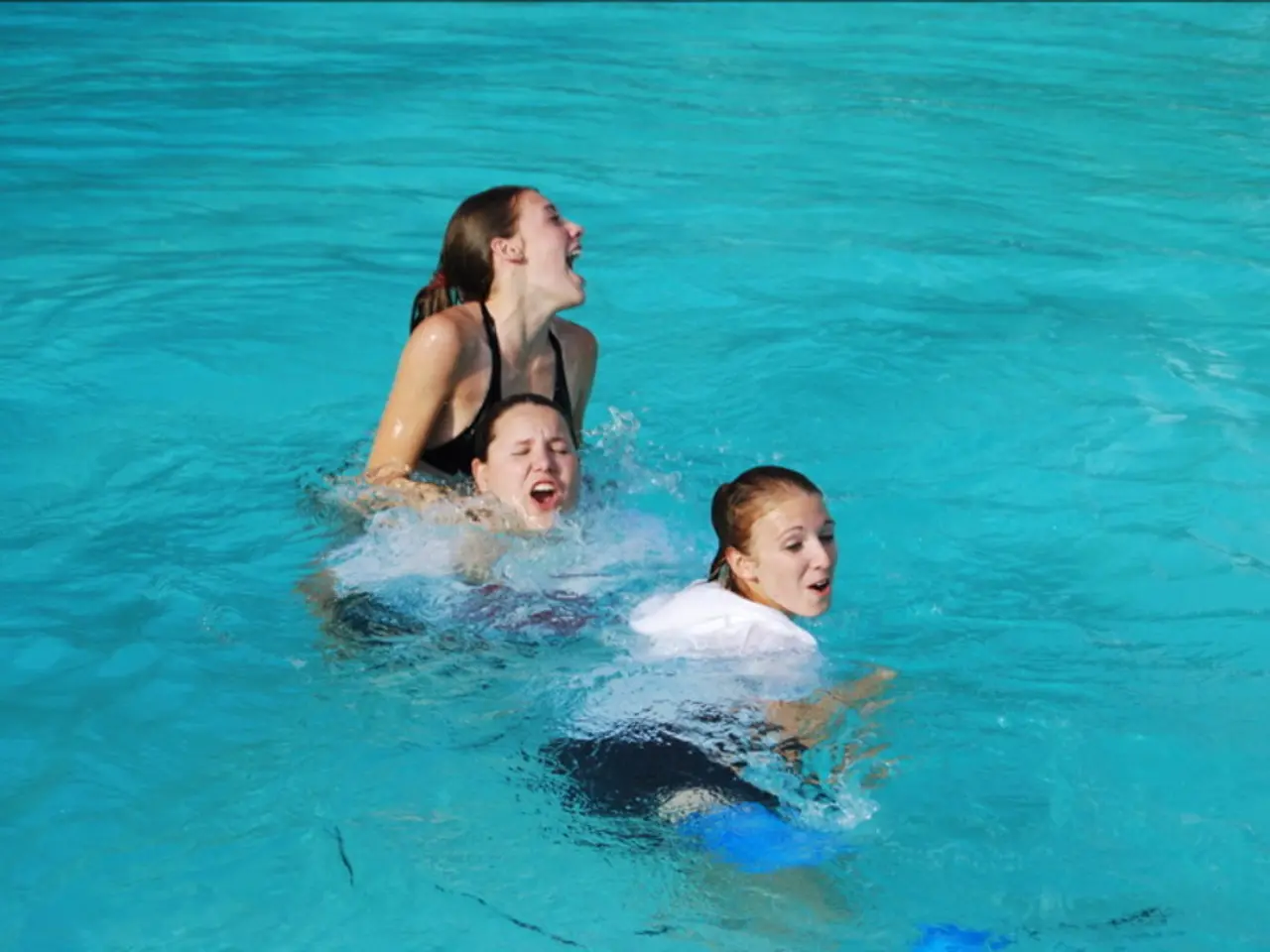Women's Involvement in Hydrographic Work in Chile
In the realm of hydrography and nautical cartography, a historically male-dominated field, women have made significant, yet often unrecognized, contributions. This narrative changes as we delve into the rich history of Chile, where the roles of women have gained prominence, particularly during and after World War II.
The Hydrographic Office of the Chilean Navy, established in 1874, was one of the first institutions to welcome women into its ranks. Prior to the mid-1960s, the hydrographic and nautical cartographic activities were exclusively carried out by men. However, with the passage of time and the expansion of educational and professional opportunities, women began to make their mark.
In 1966, a group of women joined the Chilean Hydrographic and Oceanographic Service (SHOA) and participated in the production of nautical charts. This was a significant step forward, as it marked the beginning of women's involvement in the technical aspects of hydrography and nautical cartography.
Fast forward to 2010, the first women attended technician training at SHOA, further broadening their participation in the field. In 2013, Ms. Nicole Urrea made history by becoming the first woman to obtain the Mechanical Hydrographic and Oceanographic (Mc. Hd. Oc.) specialism.
The progress did not stop there. In 2014, the first women attended the officers' training course at SHOA, and in 2015, Lt JG Daniela Machuca became the first Chilean female officer to obtain the title of "Naval Engineer in Hydrography and Oceanography".
The International Hydrographic Organization (IHO), established in 1971, aimed to ensure coordination of activities of national hydrographic services, promote uniformity in navigation charts, and stimulate the development of sciences related to hydrography and oceanographic studies. Chile, as a signatory of the Act to establish the IHB in 1921, has been an active participant in these global efforts.
Moreover, women have played an important role in aerial photogrammetry and the processing of bathymetric tidal and current data at SHOA. Their contributions are essential components of nautical cartography, supporting hydrographic surveying, oceanography, data visualization, and map production.
The ongoing history of cartography projects and digitized archives document the gradual but growing recognition of women’s scientific and technical input, although detailed narratives and individual biographies are still emerging and underdocumented.
In 2007, the Navy started training both male and female officers at the Naval Academy and enlisted personnel at the Navy's Enlisted School. This move signified a commitment to gender equality in the field of hydrography and nautical cartography.
In 2005, the civilian employee, Ms. Pilar Ortiz, became the first woman to become a hydrographic surveyor in Chile. This milestone marked a significant shift in the perception of women's capabilities in the field.
Recently, Chile and Canada signed an agreement to promote the participation of more women, equitably, in the field of hydrography and their advance to leadership roles within the hydrographic community. This initiative aligns with the United Nations Decade of Ocean Sciences for Sustainable Development 2021-2030, which encourages more inclusive and participatory approaches, including the integration of women in hydrographic services.
In conclusion, women's roles were initially limited by social and occupational barriers but have gained prominence, particularly during and after WWII when women filled roles vacated by men. Their contributions include scientific breakthroughs in ocean floor mapping that shaped hydrographic charts crucial for navigation. Modern history and archival projects increasingly acknowledge women’s contributions to the field, though more comprehensive historical accounts are still developing. Today, women now participate across all technical aspects related to hydrography and nautical cartography, from data collection to chart production and analysis.
- Women's contributions in the field of hydrography and nautical cartography, which were historically male-dominated, have significantly evolved, but their roles are still under-documented.
- Education and self-development have played a crucial part in the emergence of women in the technical aspects of hydrography and nautical cartography.
- Fitness-and-exercise, mental-health, and overall health-and-wellness are pertinent to workplace-wellness, aspects that have gained importance in ensuring a balanced and productive work environment in the hydrographic field, particularly as more women join the sector.
- Personal-growth and career-development opportunities have expanded for women in hydrography, culminating in the rise of female leaders in the field, such as Lt JG Daniela Machuca, the first Chilean female officer to obtain the title of "Naval Engineer in Hydrography and Oceanography".
- Education and collaboration initiatives, like the agreement between Chile and Canada, aim to promote gender equality in the hydrographic community, fostering more inclusive practices in line with the United Nations' Decade of Ocean Sciences for Sustainable Development 2021-2030.




